70 Years of the Albert Park Circuit
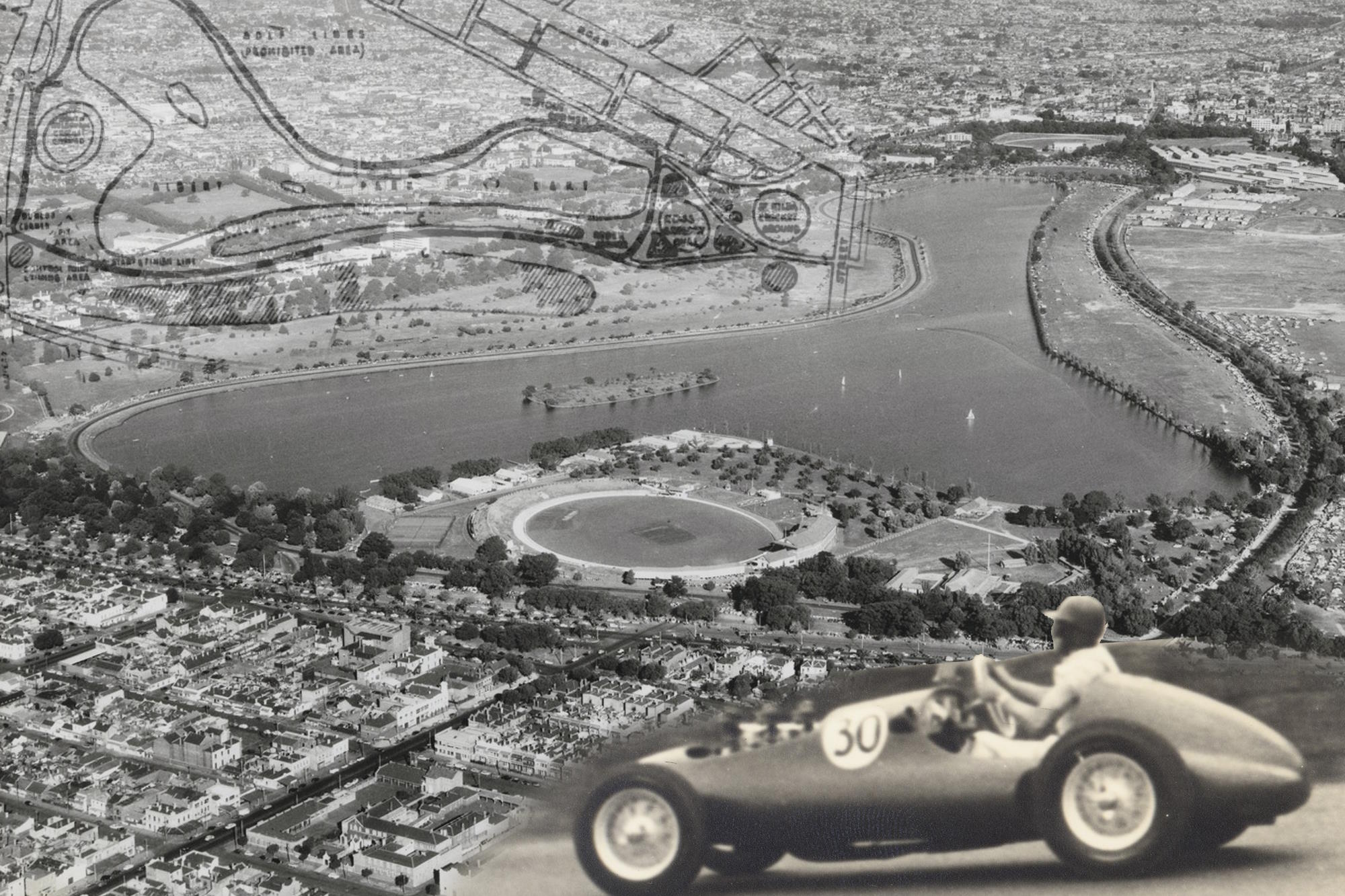
Next weekend, the Albert Park Grand Prix Circuit will come alive again, 70 years after the downtown track first played host to the Australian GP.
And, it’s a point not lost on the Grand Prix Corporation, who recently celebrated the milestone with a pair of machines that participated in that opening event by the Lake.
Fortunately, the memories of those early days of competition at Albert Park have been kept alive on multiple fronts, with the State Library of Victoria’s excellent archive providing an incredible trove of memories from the era of 1953-’58, where the venue was used for six significant meets.
While the original iteration of the circuit used portions of the modern layout, the DNA of the past is still sitting in plain sight for the hundreds of thousands of fans to explore next weekend.
However, version one of the Albert Park Circuit had one central point of difference from version two: it ran anti-clockwise.
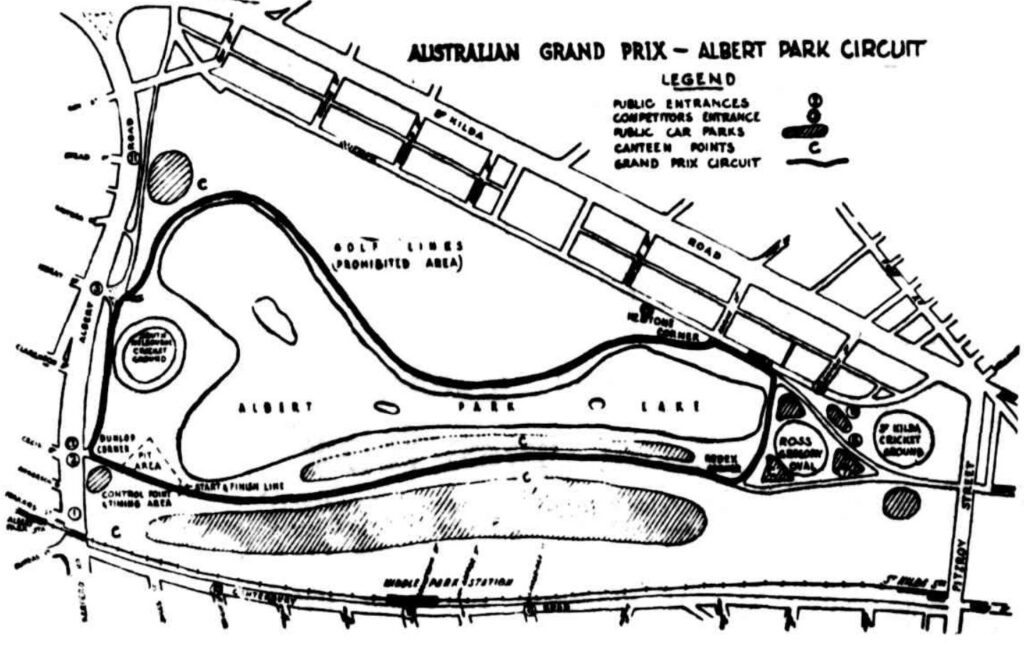
The Albert Park Circuit layout, from The Argus newspaper, on the 21st of November, 1953.
The original pit area was essentially housed in the modern-day turn three area, before the track followed Aughtie Drive from left to right. One significant change in the modern design is the pit straight, which takes in a block below the original alignment, although the original article still exists – on race weekend, it is used for support race marshalling, plus access for the chosen few who can park on the infield. The circuits then married up again between the current turns 13 to 12, with turn 12 taken in a reverse direction along a tighter alignment onto Ross Gregory Drive. At the far end of the circuit, the road turned left onto what is now Lakeside Drive to run parallel to Queens Road, with the cars then negotiating a tight left-right chicane at the Powerhouse, which led into the wide open blast along the shore of the Lake. The quick turn 9-10 chicane from the 1996 configuration wasn’t a consideration in the ’50s, although the 2022 alteration that bypassed an earlier chicane near Gunn Island means that the track’s current alignment is now much closer to that used in the ’50s. The area that now is home to turns 6 and 7 was once much quicker, with the track originally finishing with a fast flick past the South Melbourne Cricket Club. This stadium has morphed over time into a home for athletics in the Lakeside Stadium. The 1953 layout skipped the current turn 3-4-5 complex, which is built on top of a modern car park, with the lap ultimately capped by a tight left-hand bend off Albert Park Drive, the slowest turn on the course.
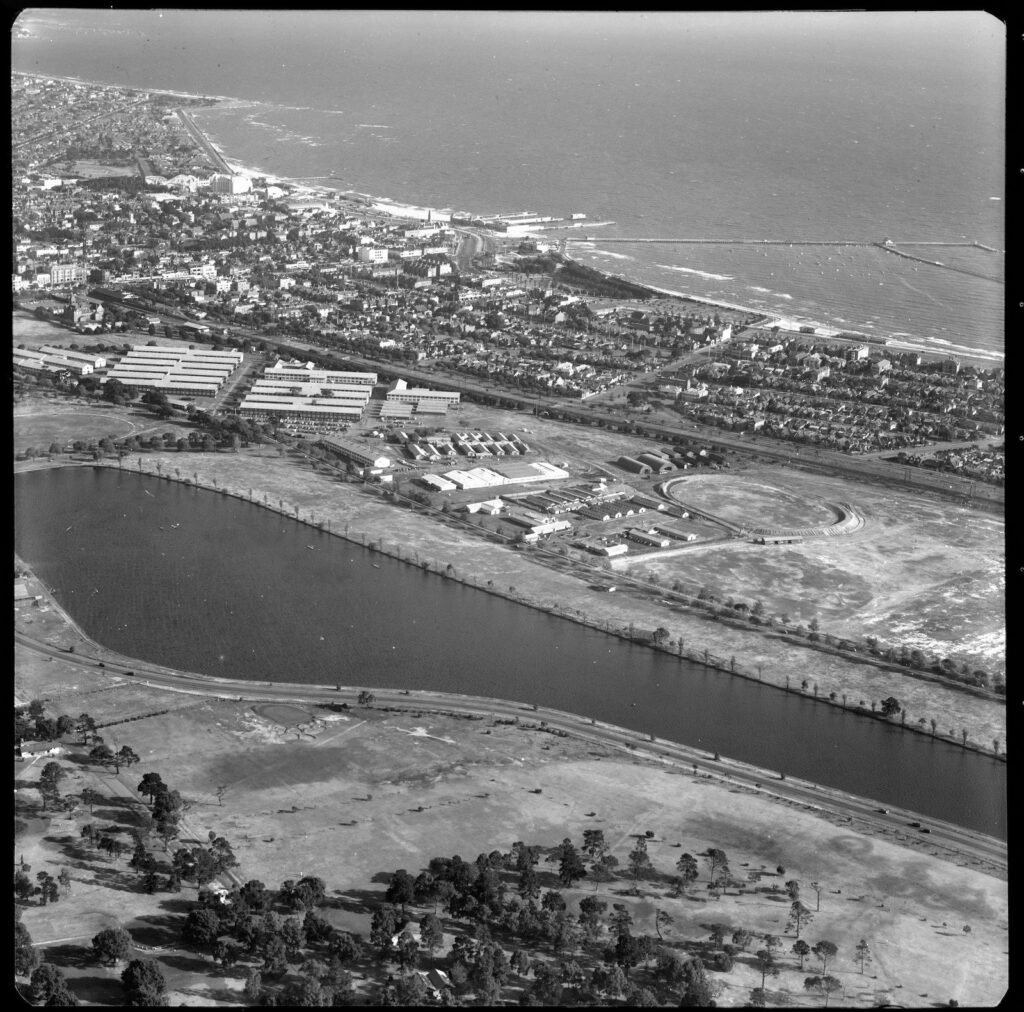
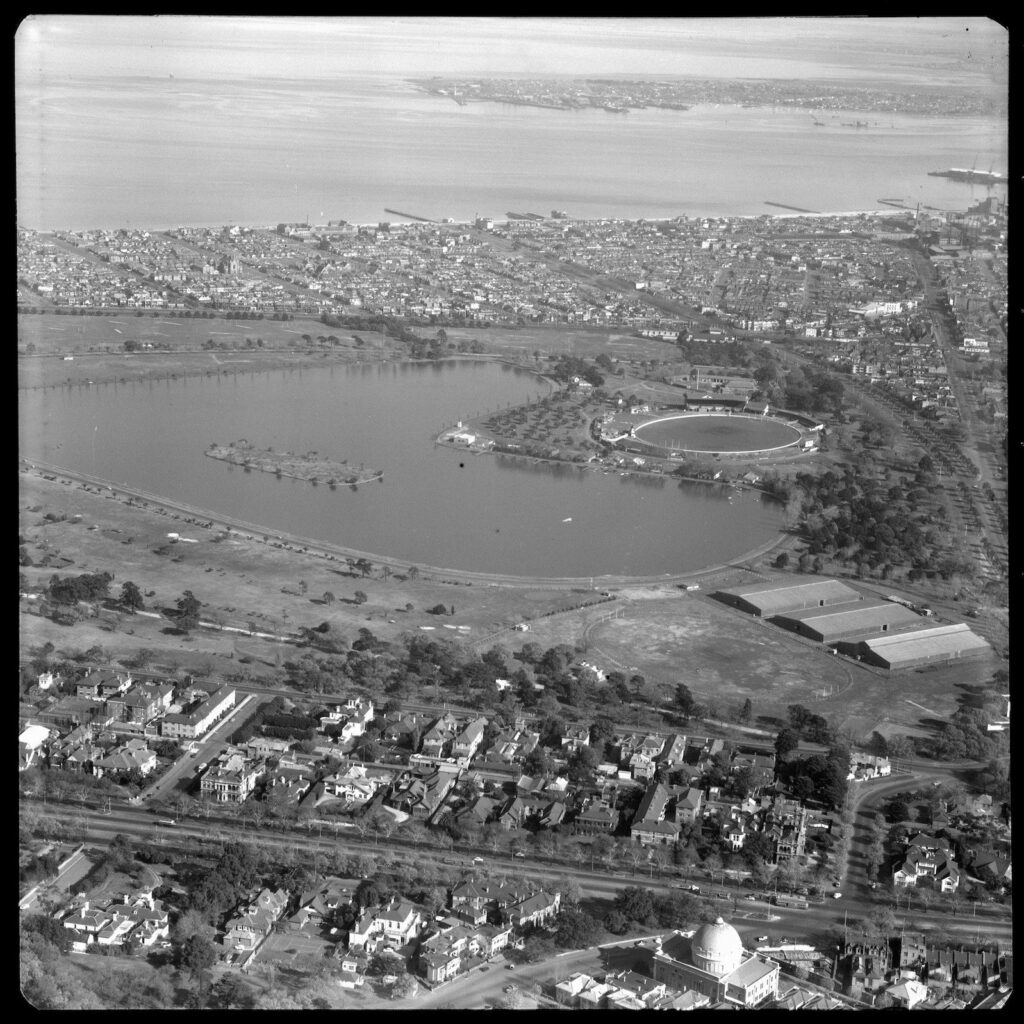
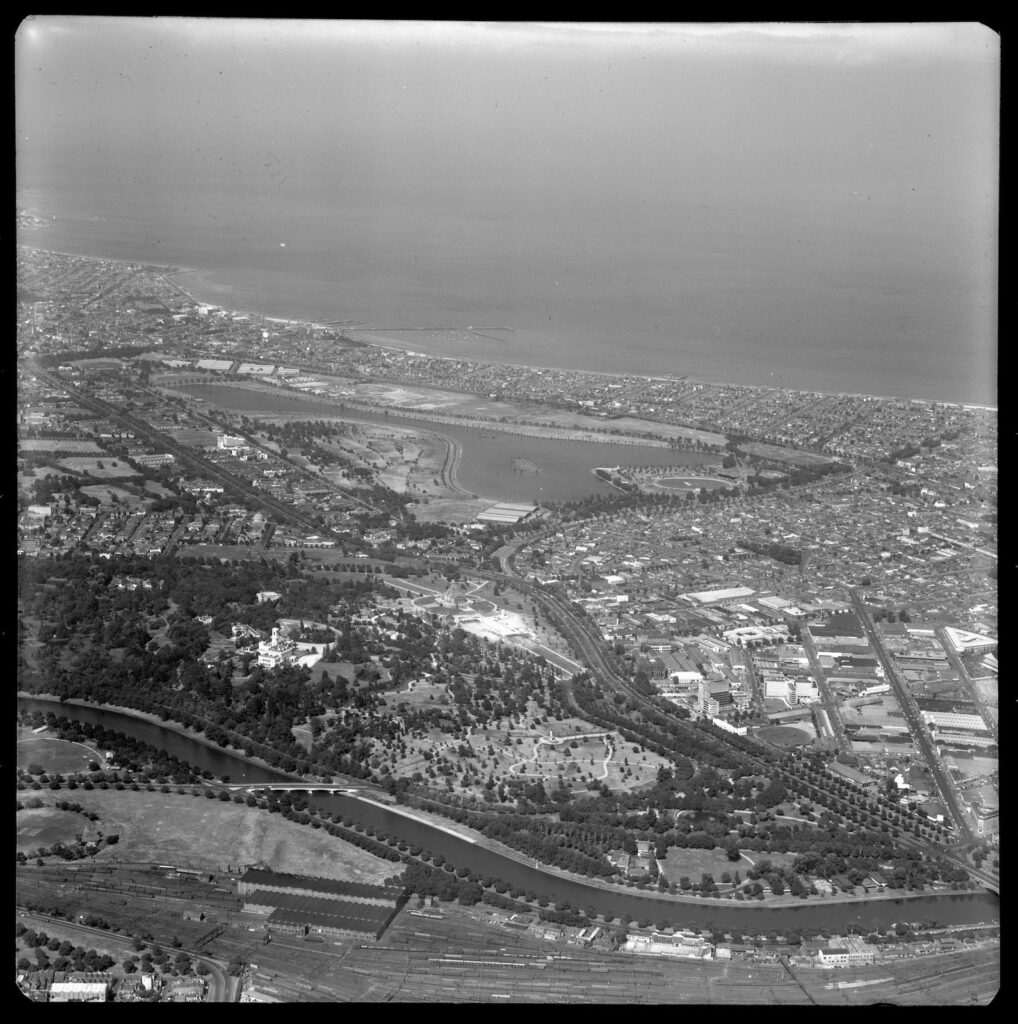
The above images depict Albert Park and surrounds in 1953.
The first image shows the southern end of the park and the Army barracks that have subsequently given way to a plethora of sporting fields, while the second picture has a rather large shed in what is now the run-off area for turn six. It is also noticeable how sparse vegetation is around the Park, particularly around the fairways of the golf course and Gunn Island, with many of the other trees clearly having matured over the past 70 years.
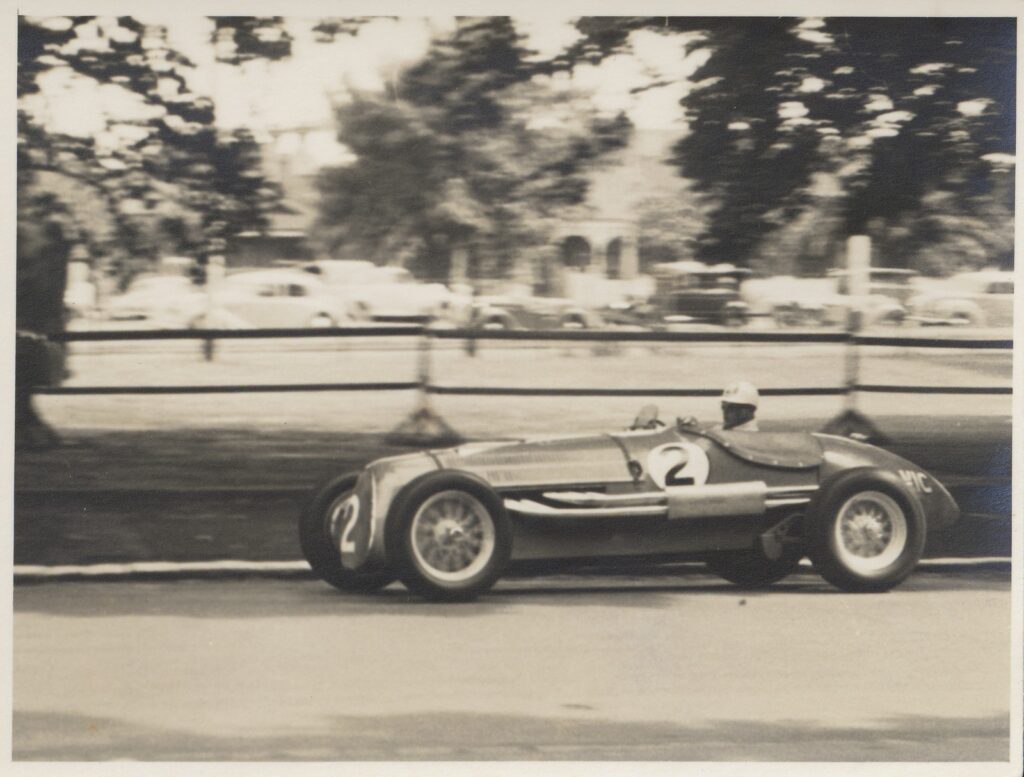
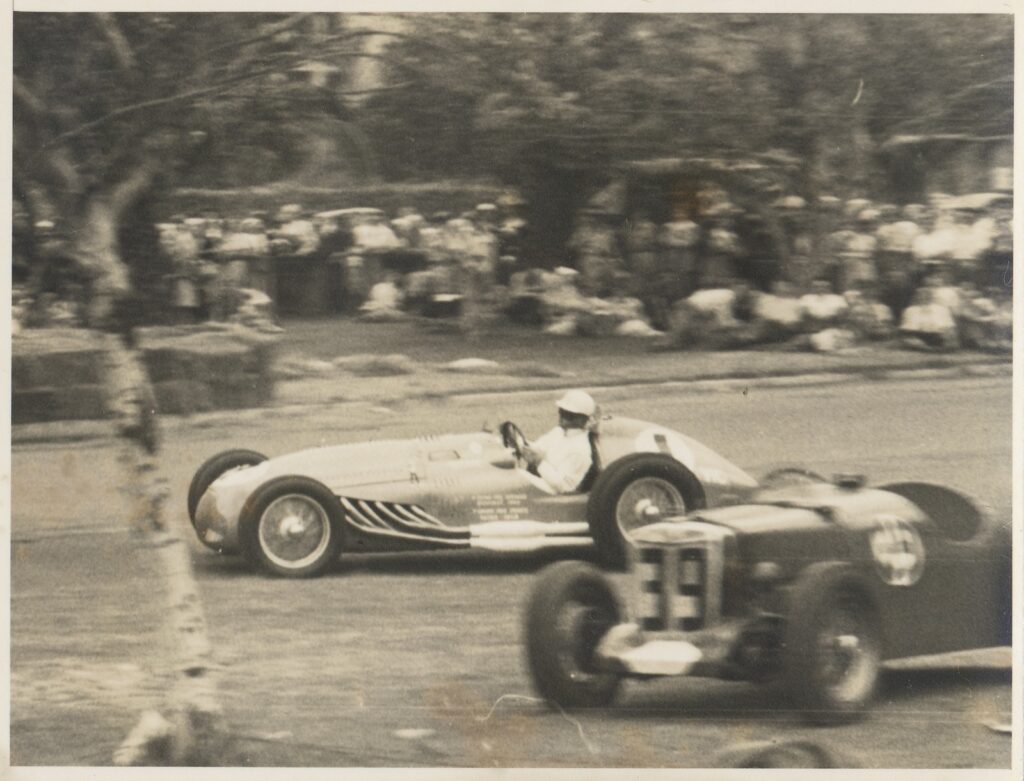
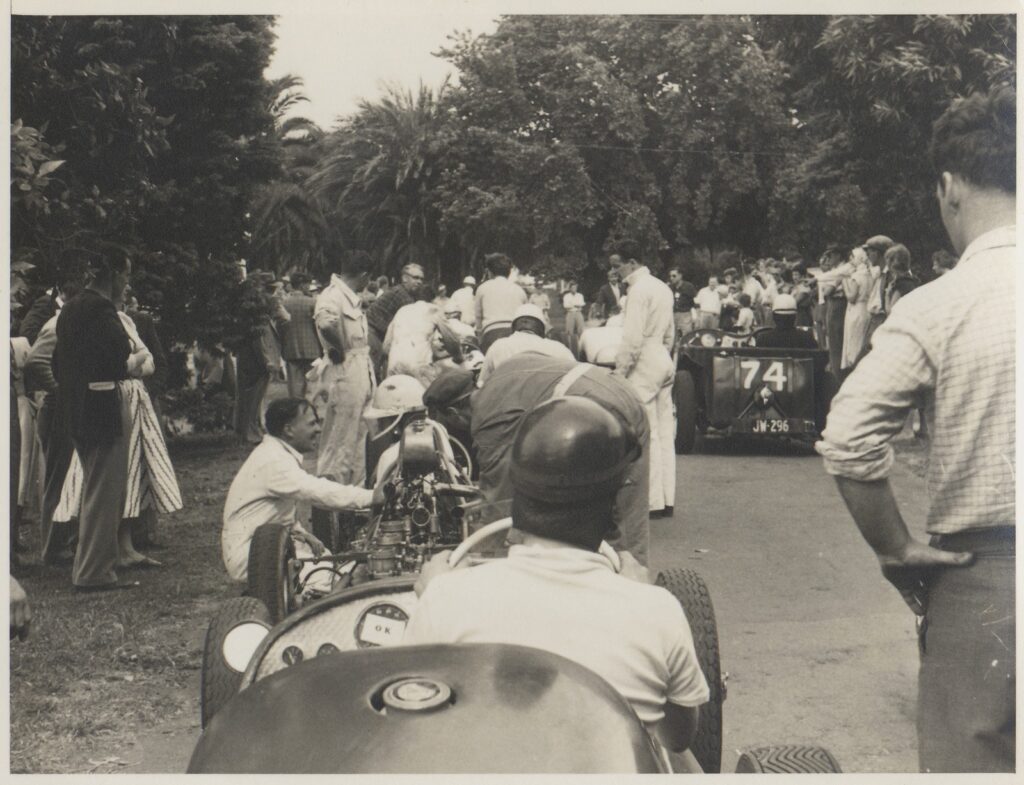
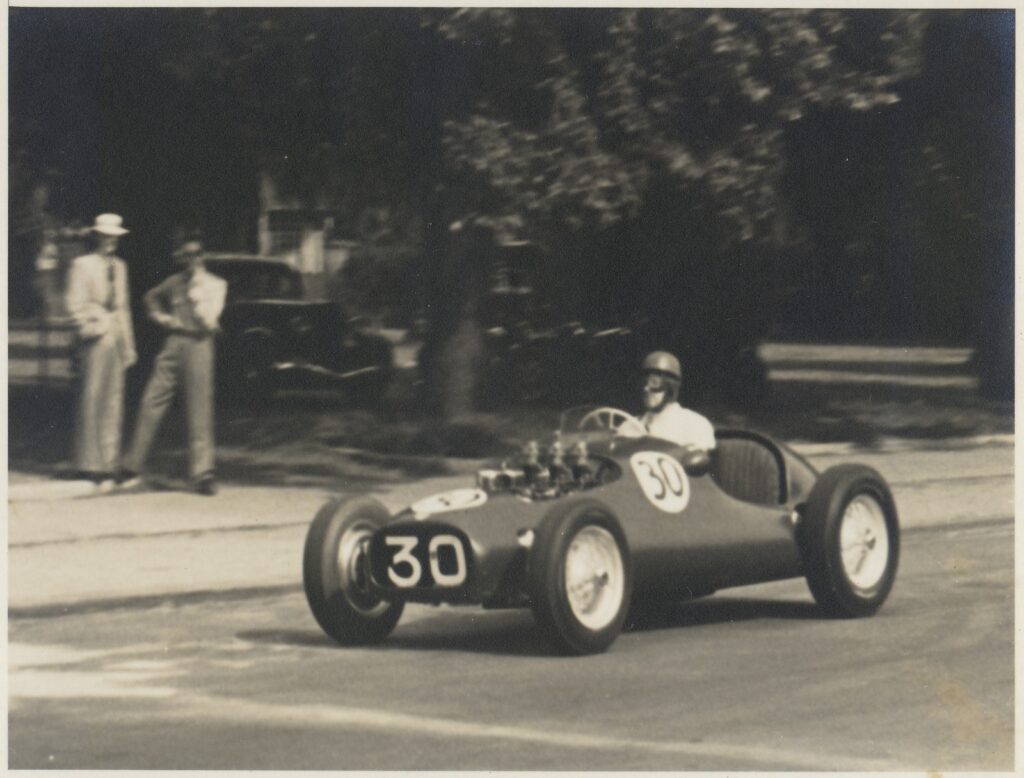
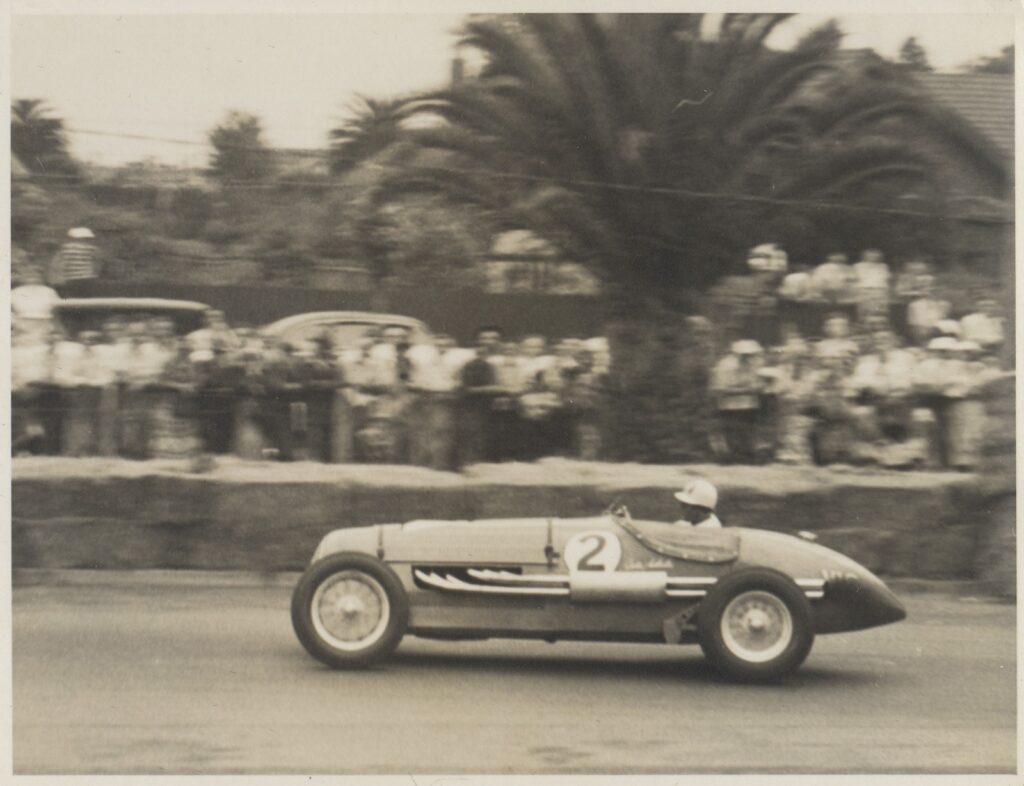
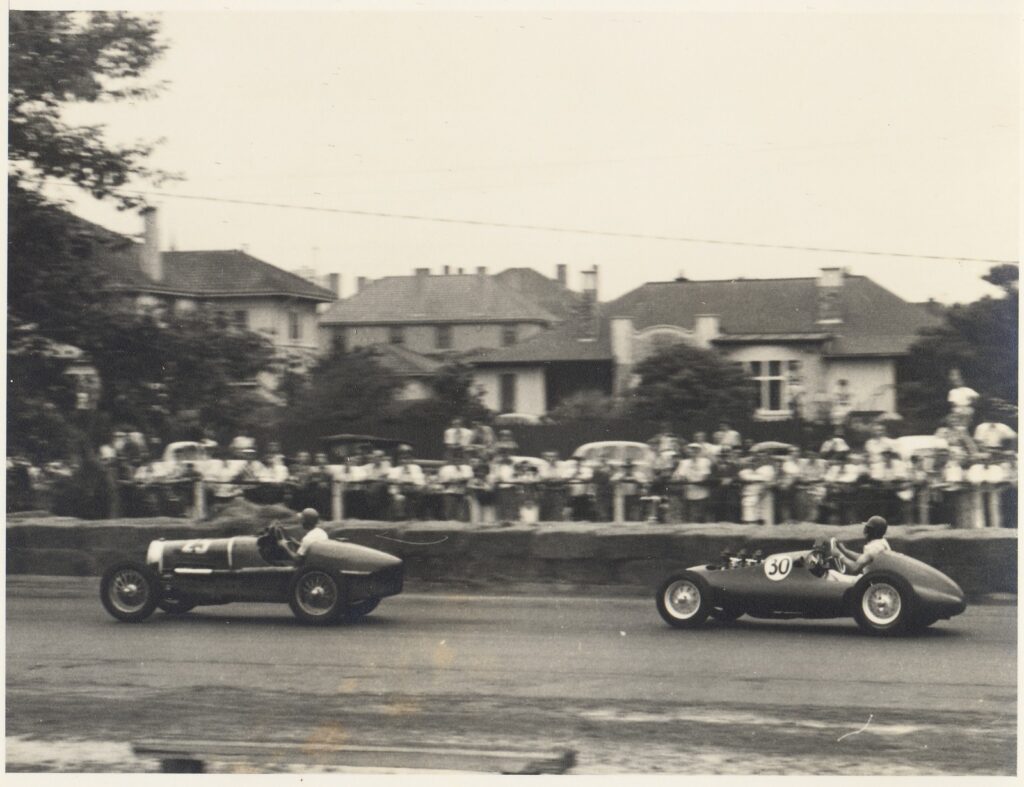
The 1953 Australian Grand Prix, the first meet at Albert Park, featured luminaries Stan Jones, Lou Molina, and race winner Doug Whiteford. Safety consisted of hay bales, while the dress code was pure dapperness.
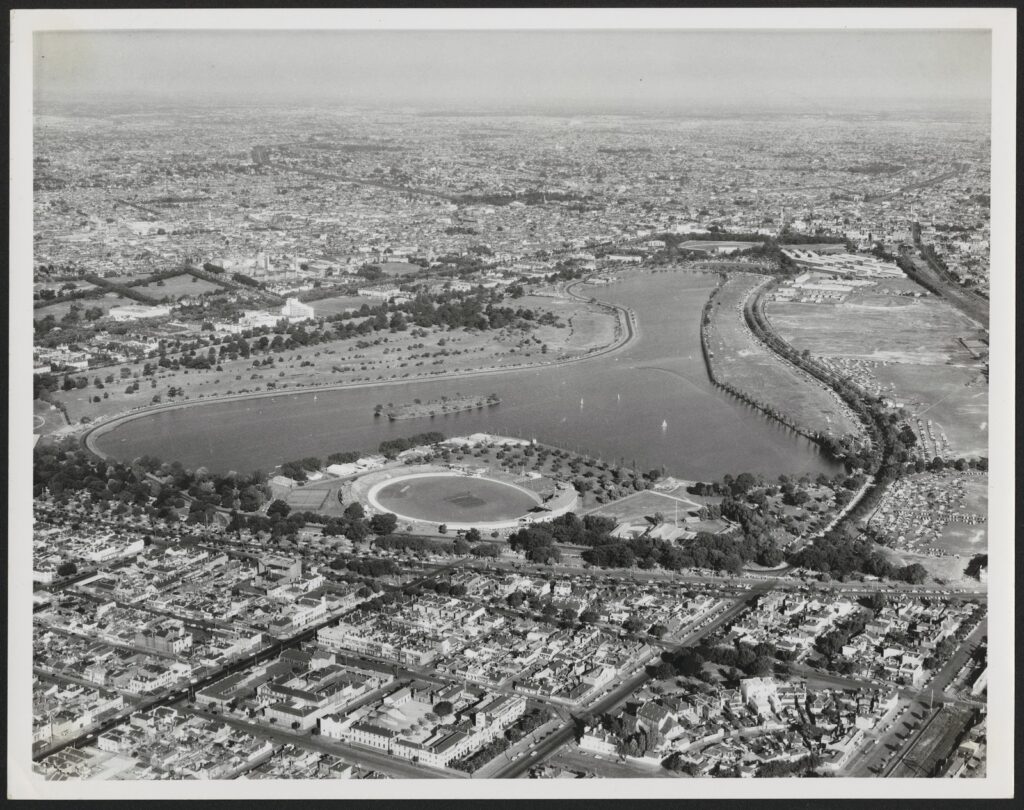
These aerial images are perhaps taken from the 1955 Moomba meeting and clearly show the size and scope of the crowd in attendance, lining the circuit as it runs away from the camera.
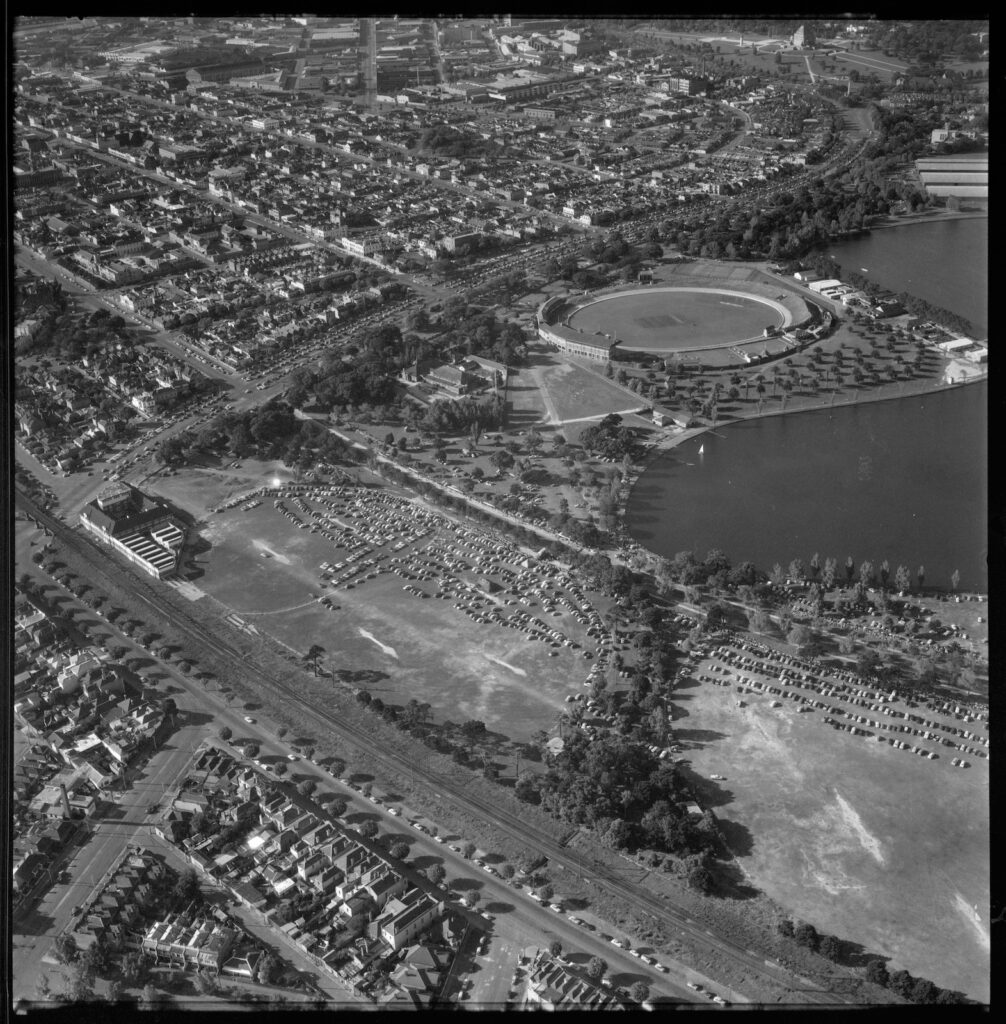
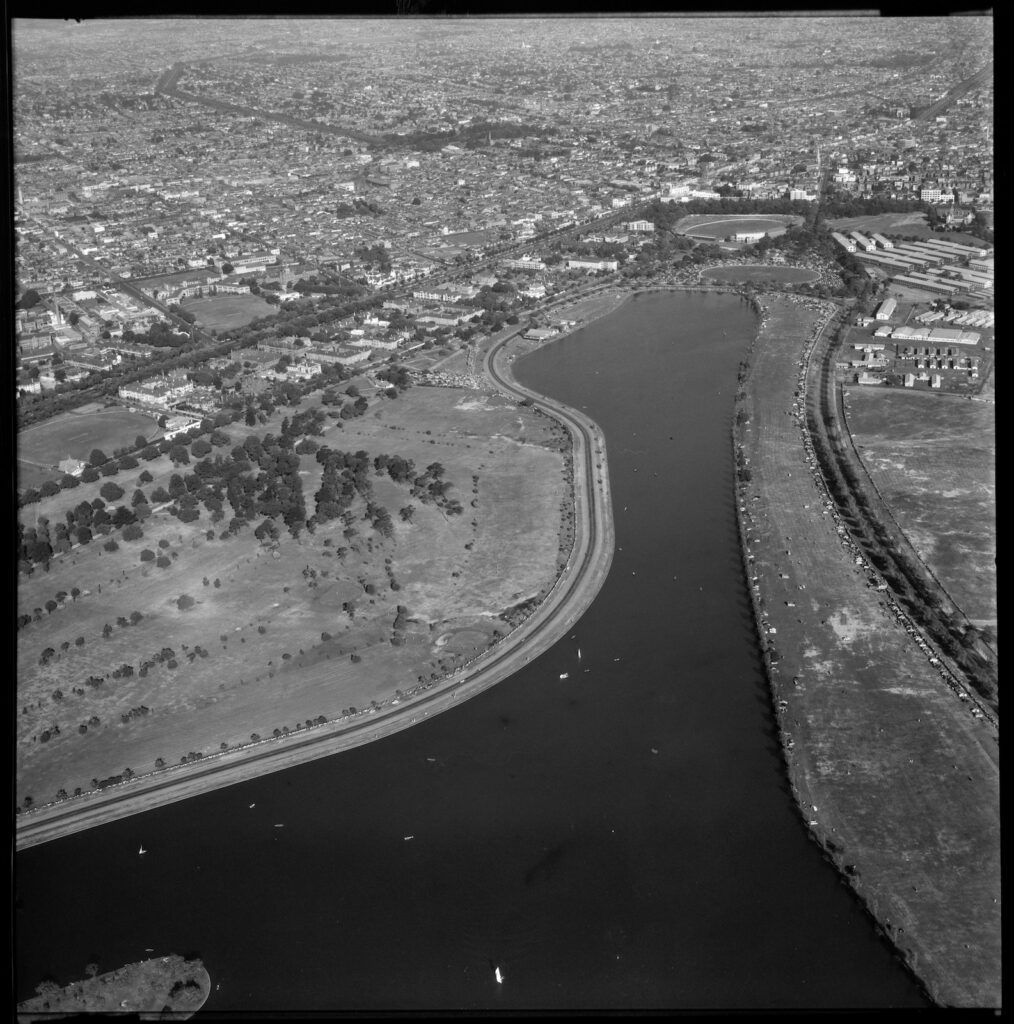
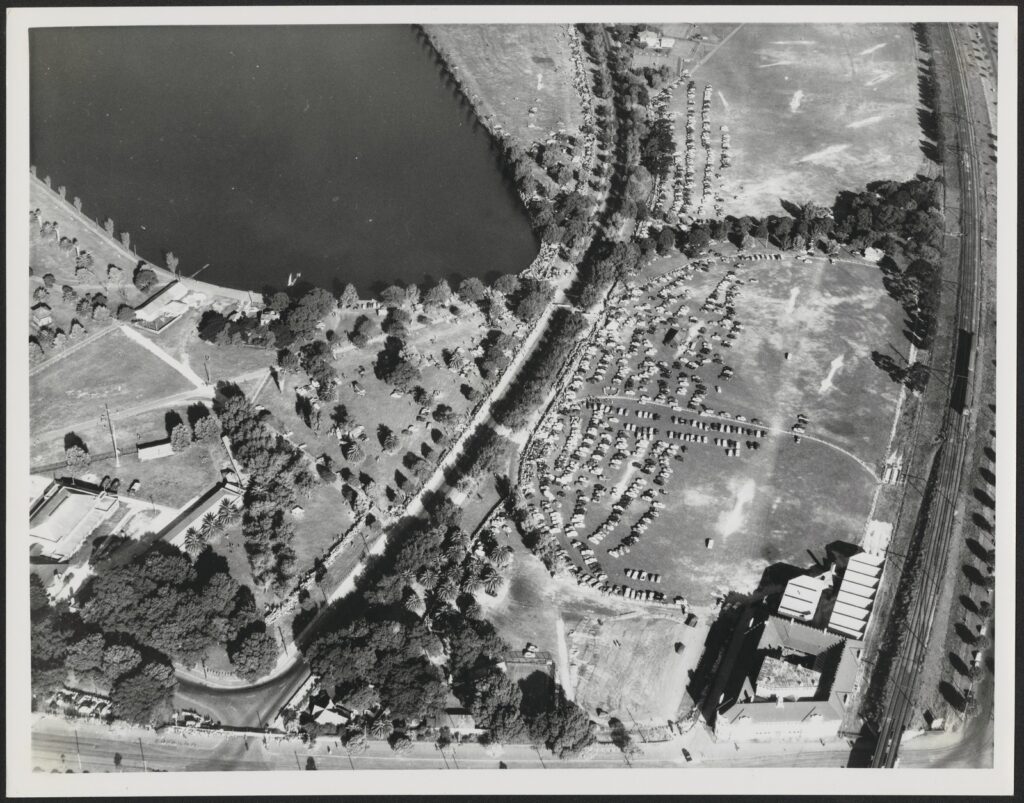
A more detailed look at festivities, with the bulk of the cars near the start line parked on top of the ground that is now occupied by the Melbourne Sports and Aquatic Centre and golf driving range. The modern-day turn three more closely follows the lip of the Lake. It is also worth noting that the Park was originally bordered by the St Kilda train line, to the right of the third photo, which has since been converted into a tramway.
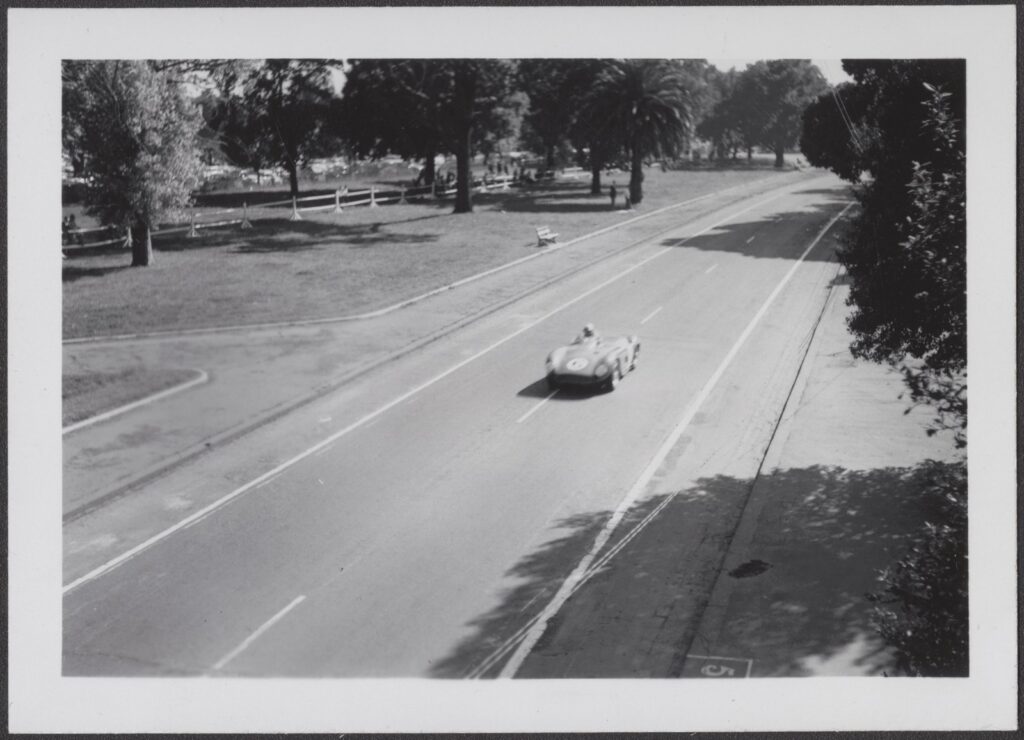
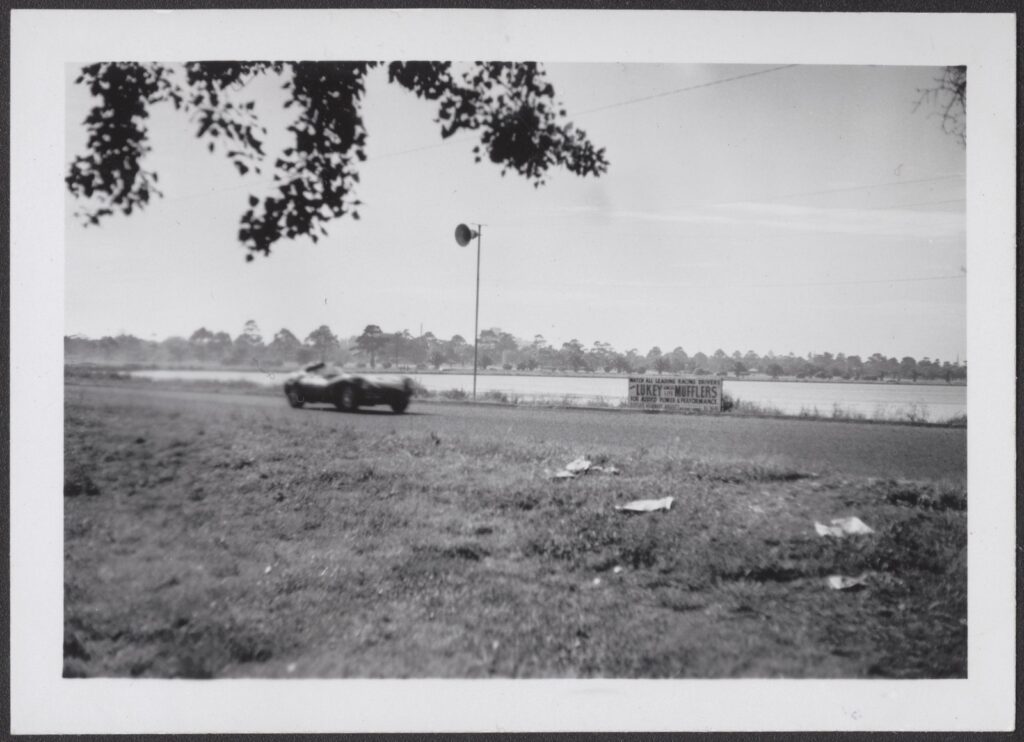
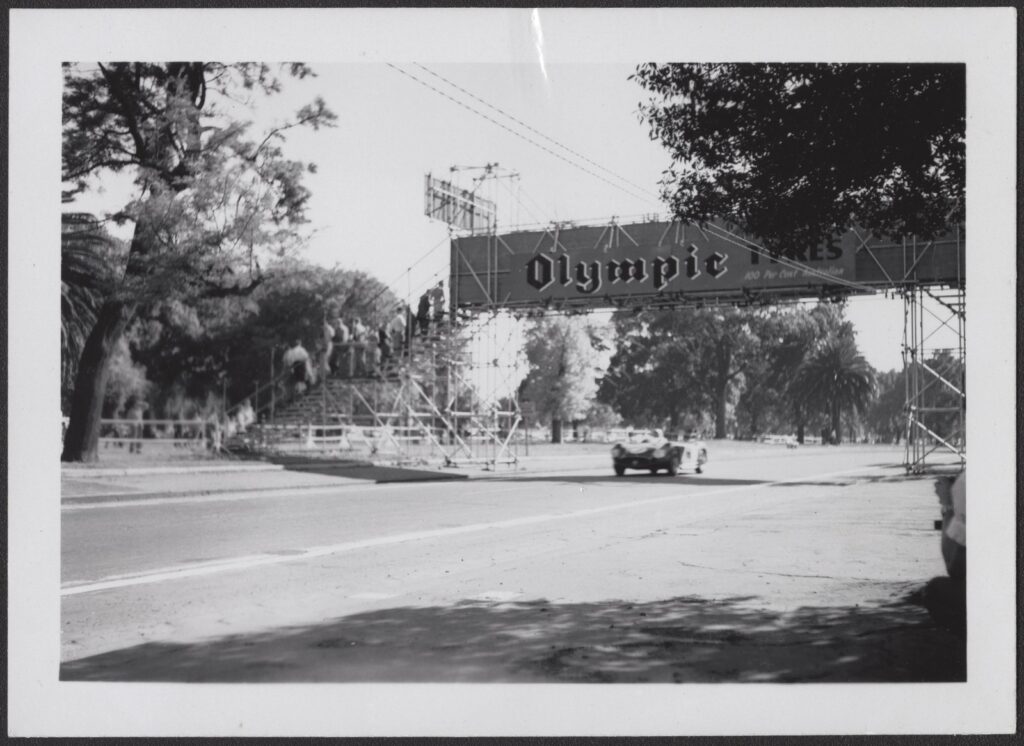
In 1956, Albert Park played host to two events contested over four weekends. These photos give an idea about the safety measures instigated by organisers – more emphasis was placed on keeping the crowd off the race track, rather than stopping cars from leaving the circuit, entering the lake, or striking the bridge supports… Remember, this was the year following the 1955 disaster at Le Mans.
Elsewhere in the archive…
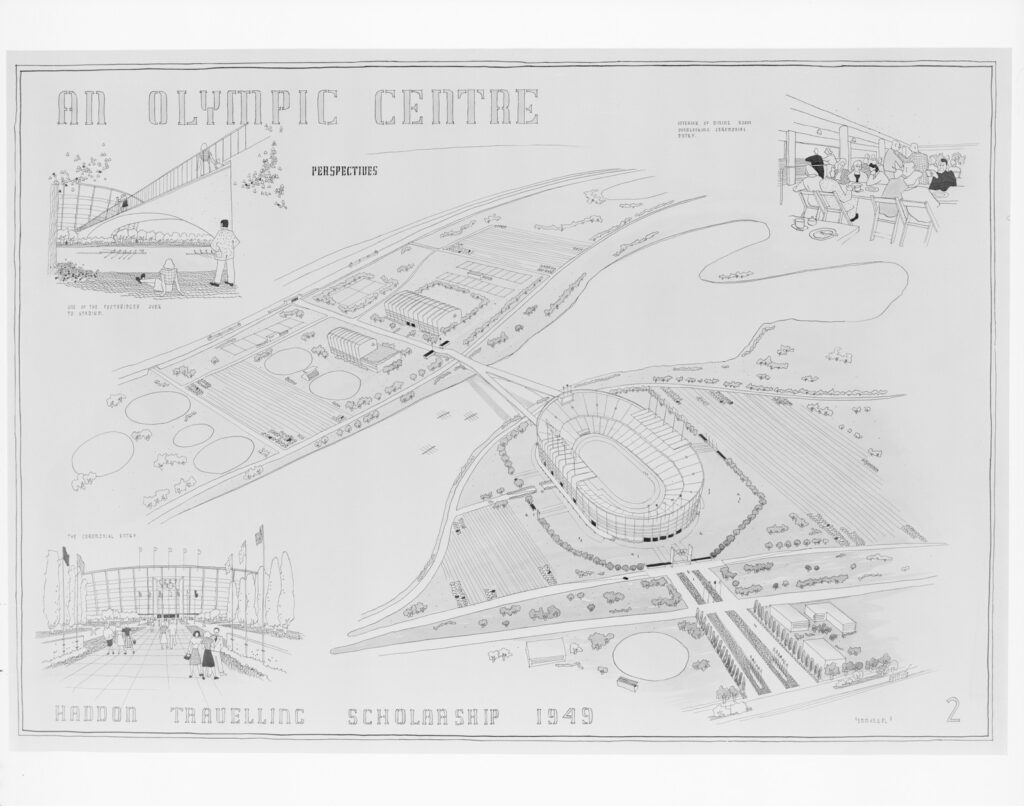
How different would the world be if these 1949 plans for the ’56 Melbourne Olympics came to fruition, and Albert Park was converted into the base for the event?
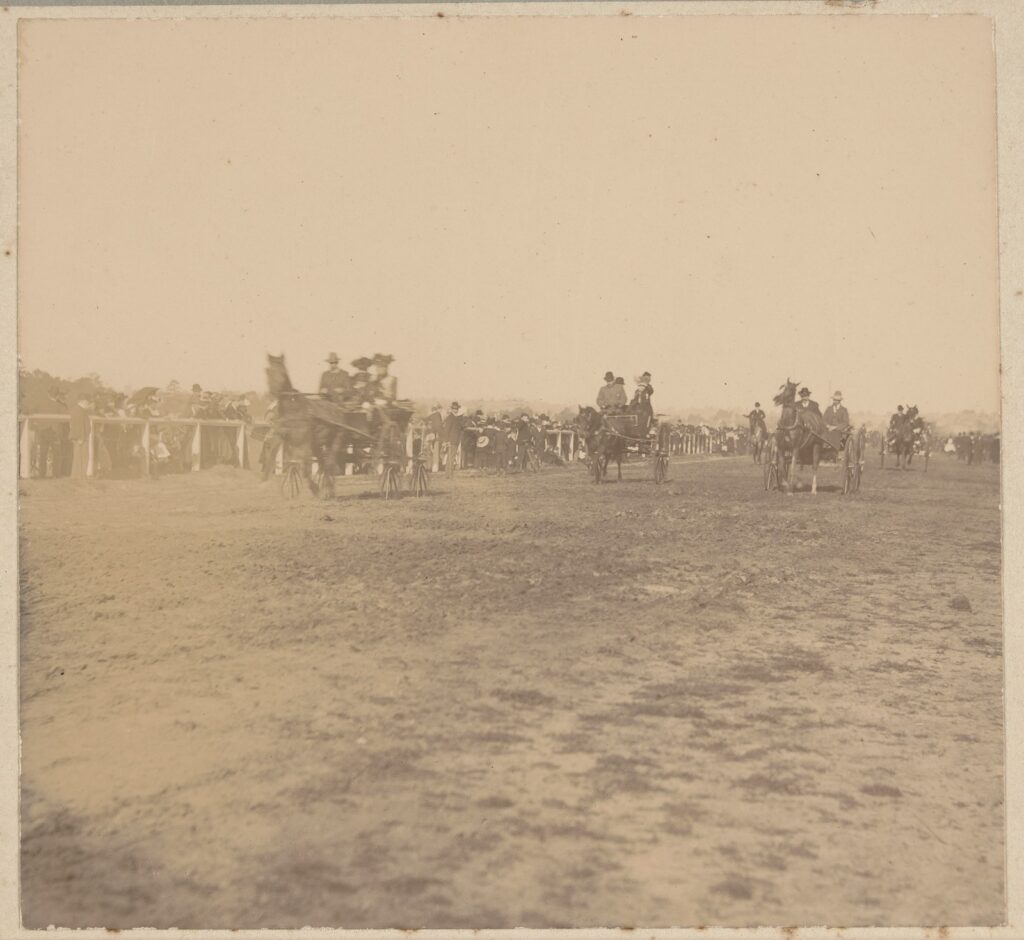
Several archive entries that piqued our interest were similar images labelled “Albert Park Speedway”, dated 1903, showing a white fence lining a race track of sorts. As it transpires, in the period, horse trotting races were considered “Speedway”… so it wasn’t an early form of motorsport in the reserve, but another of the many different recreational pursuits that have called the area home over the decades.
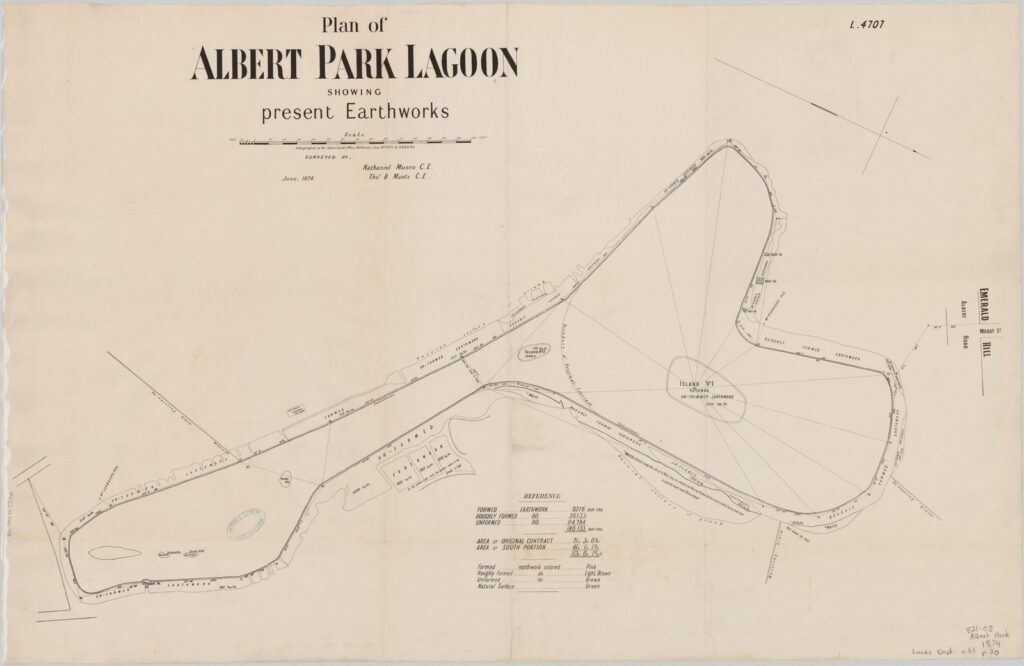
In the beginning, there was no lake. This plan from 1874 depicts the plans for the original earthworks that were formed from the silt-filled swampland that was initially found near the mouth of the Yarra River. Gunn Island, on the right of the image remains, although another of the original islands was “removed” in the 1950s as an Army training exercise.
FURTHER READING: More on the history of Albert Park







